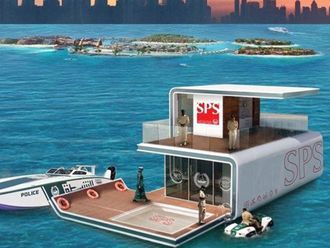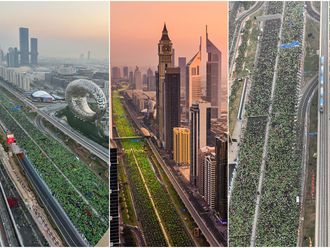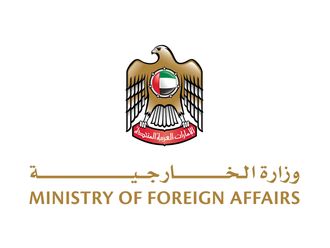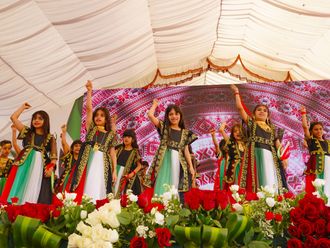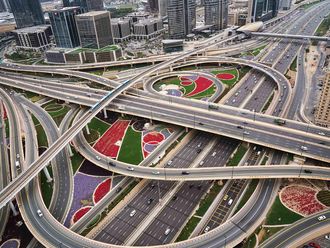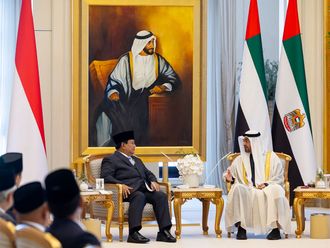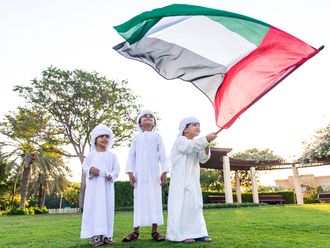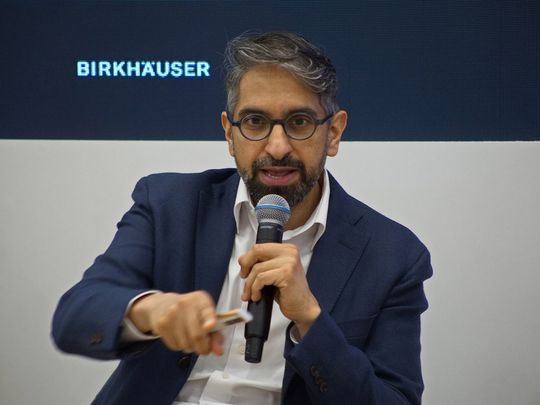
Thessaloniki: Sharjah’s iconic buildings have featured in a discussion about the interplay of architecture and culture at Thessaloniki International Book Fair (TIBF) in Greece, where Sharjah is this year’s Guest of Honour.
Sheikh Sultan Sooud Al Qassemi, Member of the Heritage Preservation Committee in the UAE, and Member of American University of Sharjah Board of Trustees, emphasised that a city’s identity extends beyond its physical heritage, cultural expressions, architectural prominence, and historical monuments. Instead, it is intricately intertwined with the collective memory of its inhabitants, reflecting a shared human identity and cultural legacy.
The insight was shared during a panel discussion titled ‘City Identity’ organised by the Sharjah Book Authority (SBA) at TIBF. The panel, which also featured Nikos Vatopoulos, Professor at the University of Thessaloniki, a transport engineer, and the President of Thessaloniki City Council, was moderated by Katerina Tsapikidou, director of the International Relations Service in Thessaloniki, under the Greek Ministry of Foreign Affairs.
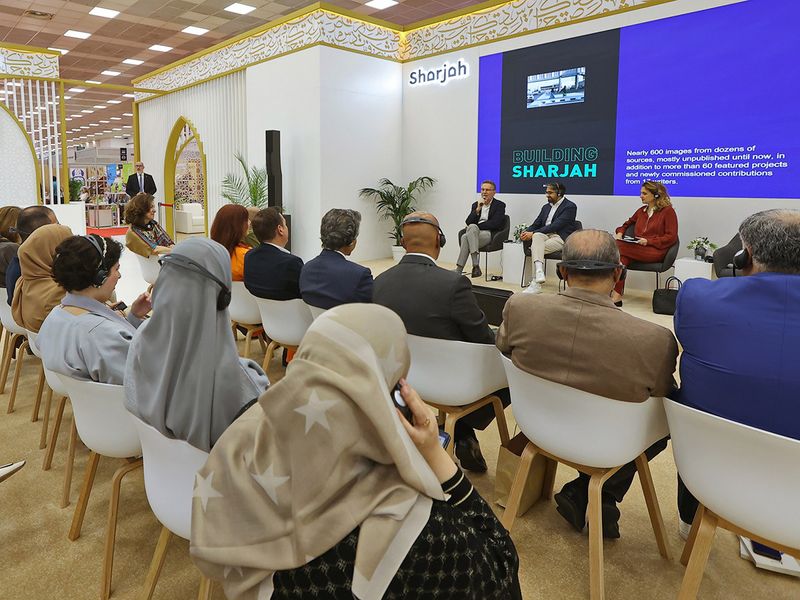
Sharjah’s architectural evolution
Discussing his book ‘City Identity’, Sheikh Sultan Sooud Al Qassemi said: “I wanted to explore the history of Sharjah because it encapsulates the broader history of the Gulf region. Many pioneering efforts began in Sharjah, encompassing journalism, municipal infrastructure, the establishment of the airport, and the introduction of postal services.”
also read
- Video: Fairy tales spark intelligence in children, UAE’s Sheikha Bodour tells Thessaloniki International Book Fair in Greece
- UAE intellectuals reveal impact of ancient Arab-Greek ties at Thessaloniki International Book Fair
- Thessaloniki International Book Fair: Why Sharjah’s Guest of Honour role at the event in Greece has global significance
- Emirati, Greek authors examine survival of short stories in novel-dominated era at Thessaloniki International Book Fair
Five-year endeavour
He added: “The completion of this book spanned five years, a process prolonged by the dispersal of early immigrants who carried away their documents, photographs, and records upon their departure. Despite this obstacle, I diligently gathered a wealth of previously unseen photos and documents, now unveiled for the first time within the pages of this book.”
Iconic buildings
“This collaborative book, authored by 17 writers, chronicles 16 iconic building projects in Sharjah, including a cinema with an integrated Chinese restaurant, showcasing the city’s cultural diversity since the 1960s. The book features a collection of globally sourced photographs, such as an image of the Flying Saucer building obtained from an Australian maintenance worker. Although not the initial focus, we were determined to capture the building’s narrative. To this end, we commissioned a sci-fi writer to craft a fantasy-based story about the Flying Saucer, making us the first to employ this innovative approach in documenting architectural structures.”
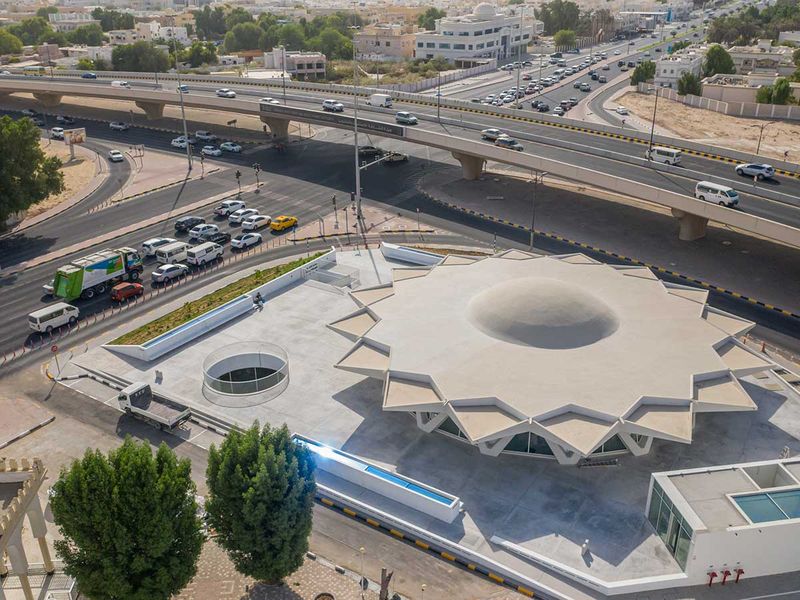
In the course of the discussion, Sheikh Sultan Sooud Al Qassemi showcased a photograph of the Sharjah Post Office, created by the Lebanese company Dar Al Handasah. The design features beautiful architectural depictions in the form of a bird while also embodying an Islamic identity within the building. He also shared an image of a commercial structure designed by Greek architect Alexandros Tombazis, as well as acknowledging contributions from the Greek company Archadion in developing the Port of Sharjah, highlighting the strong connections between Sharjah and Greece.
Exploration of a city’s cultural identity
Nikos Vatopoulos, author of ‘Walking in Athens,’ discussed the portrayal of the contemporary literary and urban narratives of Athens in his book, showcasing the city’s rich cultural layers. He called for closer ties between Sharjah and Thessaloniki, emphasising the importance of collaboration.
Vatopoulos recognised Sharjah as a leader in nurturing Emirati and Arab relations with Greece across various domains such as architecture, art, literature, and culture. He also shed light on Thessaloniki’s ongoing exploration of its cultural identity post-liberation from Ottoman rule, illustrating a diverse and intricate identity akin to a mosaic.
Concluding his viewpoints, Vatopoulos acknowledged Thessaloniki’s status as Greece’s cinematic hub and discussed the complexities involved in developing the metro network amidst the city’s multifaceted urban heritage, encompassing remnants from the Ottoman, Byzantine, and Roman eras.




